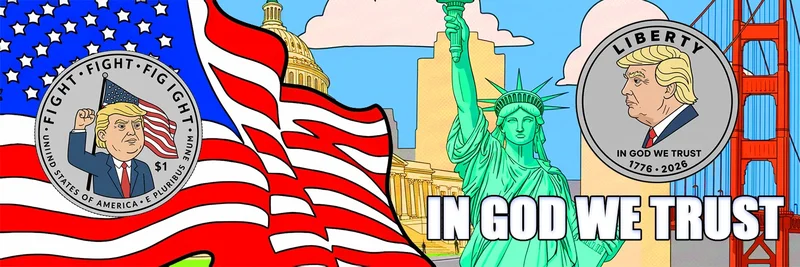What we currently know about Token 1
Token “1” (contract: 0x1bcbb2ffe816bb9b8619389aaa7badb483f1f129) lives on the BNB Chain, the high-throughput, low-fee network formerly known as Binance Smart Chain. It likely follows the BEP-20 token standard (similar to ERC-20 on Ethereum), which defines how tokens are issued and transferred.
Public information on this specific token is scarce. That usually means one of the following:
- A new or niche launch without listings on major data sites (yet).
- A meme or experimental token with community-driven momentum.
- A low-liquidity or inactive project that never gained traction.
- A private/test token made for internal experiments.
Because documentation is limited, it’s essential to rely on on-chain data and basic safety checks before interacting with the contract.
Quick background: BNB Chain and BEP-20 in simple terms
- BNB Chain is compatible with Ethereum’s tooling, but transactions are faster and cheaper.
- BEP-20 is the “rulebook” for tokens on BNB Chain—how they’re minted, transferred, and approved.
- Fees are paid in BNB, the network’s native asset.
If you’ve used Ethereum, most of your habits (like checking explorers, reading contract code, and tracking holders) apply directly to BNB Chain.
How to research Token 1 step by step
Use BscScan and the contract address
- Go to BscScan and paste
0x1bcbb2ffe816bb9b8619389aaa7badb483f1f129into the search bar. - Check the token page for:
- Name and symbol (sometimes a token’s “display name” differs from its symbol).
- Total supply and minting/burning events.
- Number of holders and top holder concentration (e.g., any wallet holding >50%).
- Transfer history to understand activity and liquidity.
- Go to BscScan and paste
Inspect the contract and metadata
- Look for “Contract” and see whether it’s verified (source code published).
- Scan for upgradeability (proxies), ownership status (renounced or not), and functions related to fees/taxes or blacklists.
- Check if the creator provided a website, socials, or docs in the contract’s metadata.
Review liquidity and trading context
- Use charting/DEX tools on BNB Chain (for example, DEXScreener) to see liquidity pools and recent price action.
- Look at transaction counts and trade sizes—healthy activity typically features consistent buys/sells and stable liquidity.
Verify community and messaging
- If you find a website or social account, verify it’s authentic (consistent branding, active posts, no copycat URLs).
- Look for roadmaps, team disclosures, audits, or any technical write-ups.
Run safety checks
- Be wary of high transaction taxes, anti-sell mechanisms, or unusual permissions.
- Start with a tiny test transaction if you decide to interact, and double-check slippage settings on the DEX.
Trading and tools: where to look
If you choose to trade or monitor Token 1 on BNB Chain, typical starting points include:
- PancakeSwap (BNB Chain’s largest DEX): https://pancakeswap.finance/
- DEXScreener for BNB Chain charts: https://dexscreener.com/bsc
- BscScan for on-chain transparency: https://bscscan.com/
For cross-chain meme token tracking, smart money insights, and fast execution tools, you can also explore:
Why GMGN.AI is useful for meme tokens
GMGN.AI offers purpose-built features for navigating volatile meme tokens:
- Meme token analysis across multiple chains (Ethereum, Solana, Tron, Base, Blast, and more).
- Smart money tracking to follow top wallets and spot early flows.
- Automated trading (optional) via Telegram integration: https://t.me/gmgnaibot?start=i_fV1R5sZ5
- Security checks for red flags like honeypots or excessive taxes.
- Real-time dashboards and alerts to react quickly.
For Token 1 specifically, you can jump to its page here: https://gmgn.ai/eth/token/fV1R5sZ5_0x1bcbb2ffe816bb9b8619389aaa7badb483f1f129
Practical safety checklist
- Confirm the exact contract address before any trade:
0x1bcbb2ffe816bb9b8619389aaa7badb483f1f129. - Check if liquidity is locked and for how long.
- Look at holder distribution to avoid contracts where a single wallet can crash the market.
- Read the contract (or a summary) for tax rates, blacklist functions, or upgradeability risks.
- Test with tiny amounts; avoid chasing pumps; set realistic slippage.
- Never share private keys; consider using a fresh wallet for degen plays.
Key takeaways
- Token 1 appears to be a BEP-20 token on BNB Chain with limited public info—common for early-stage or meme projects.
- Your best defense is strong on-chain due diligence via BscScan and liquidity/trade monitoring tools.
- If you explore trading, standard BNB Chain venues like PancakeSwap and analytics tools like DEXScreener are helpful, and GMGN.AI adds smart money tracking, security checks, and automation capabilities.
- Always prioritize risk management—meme tokens are highly speculative and can change quickly.



